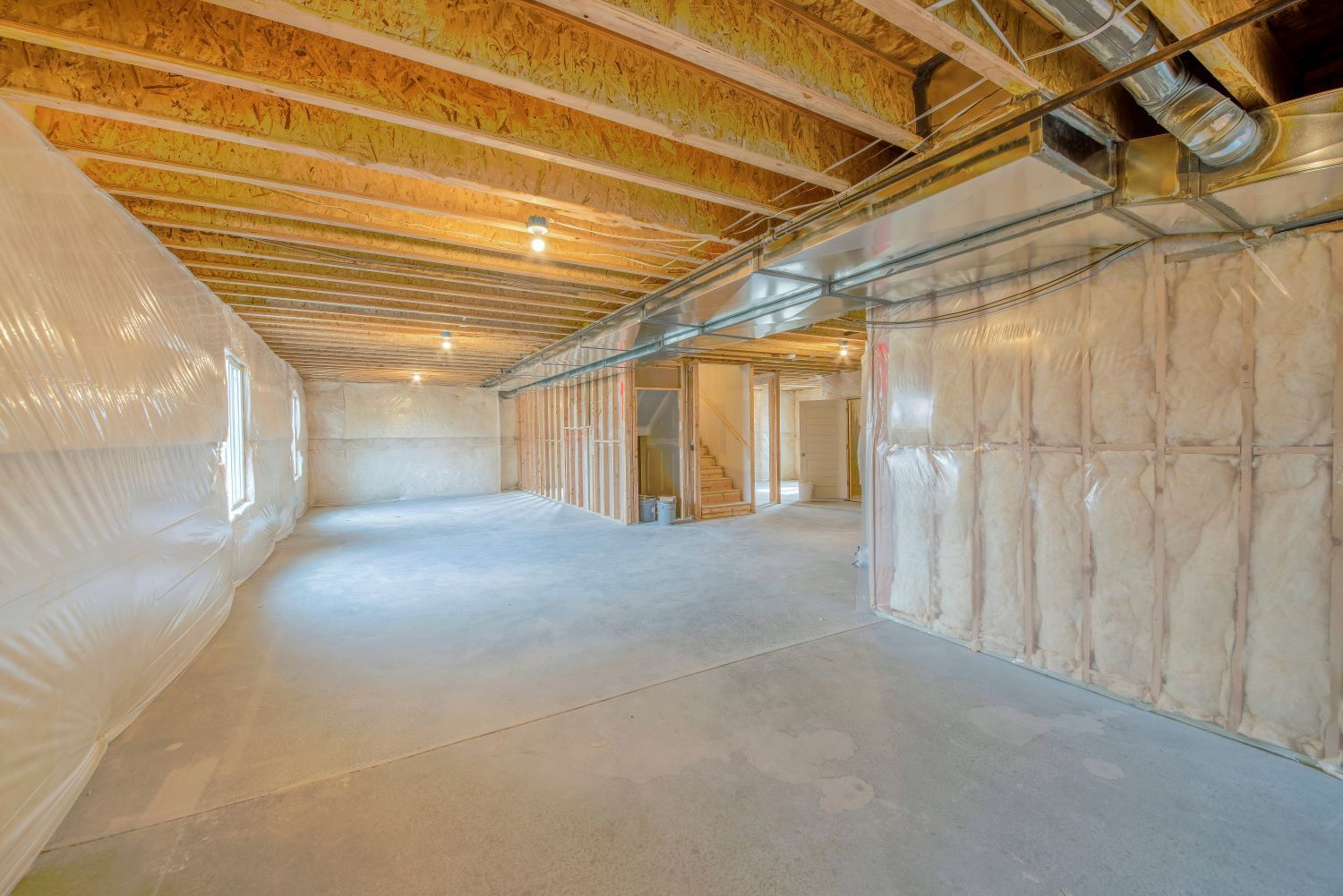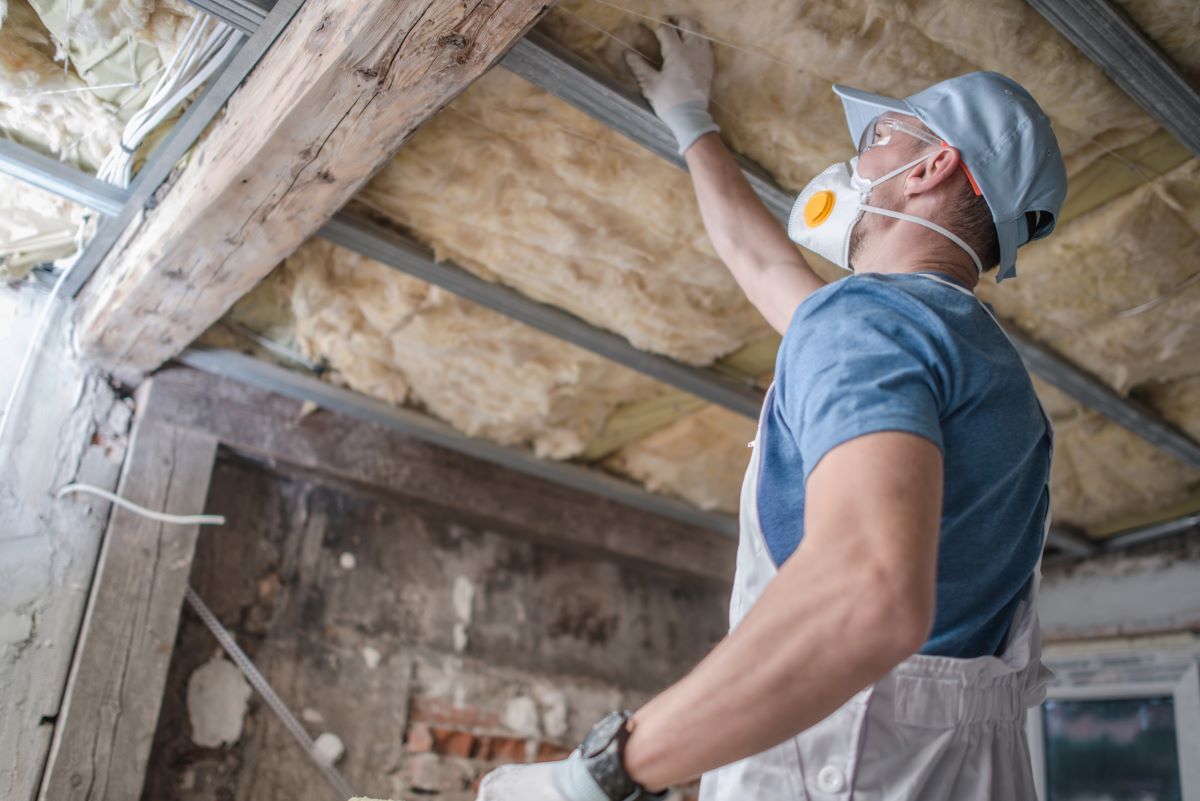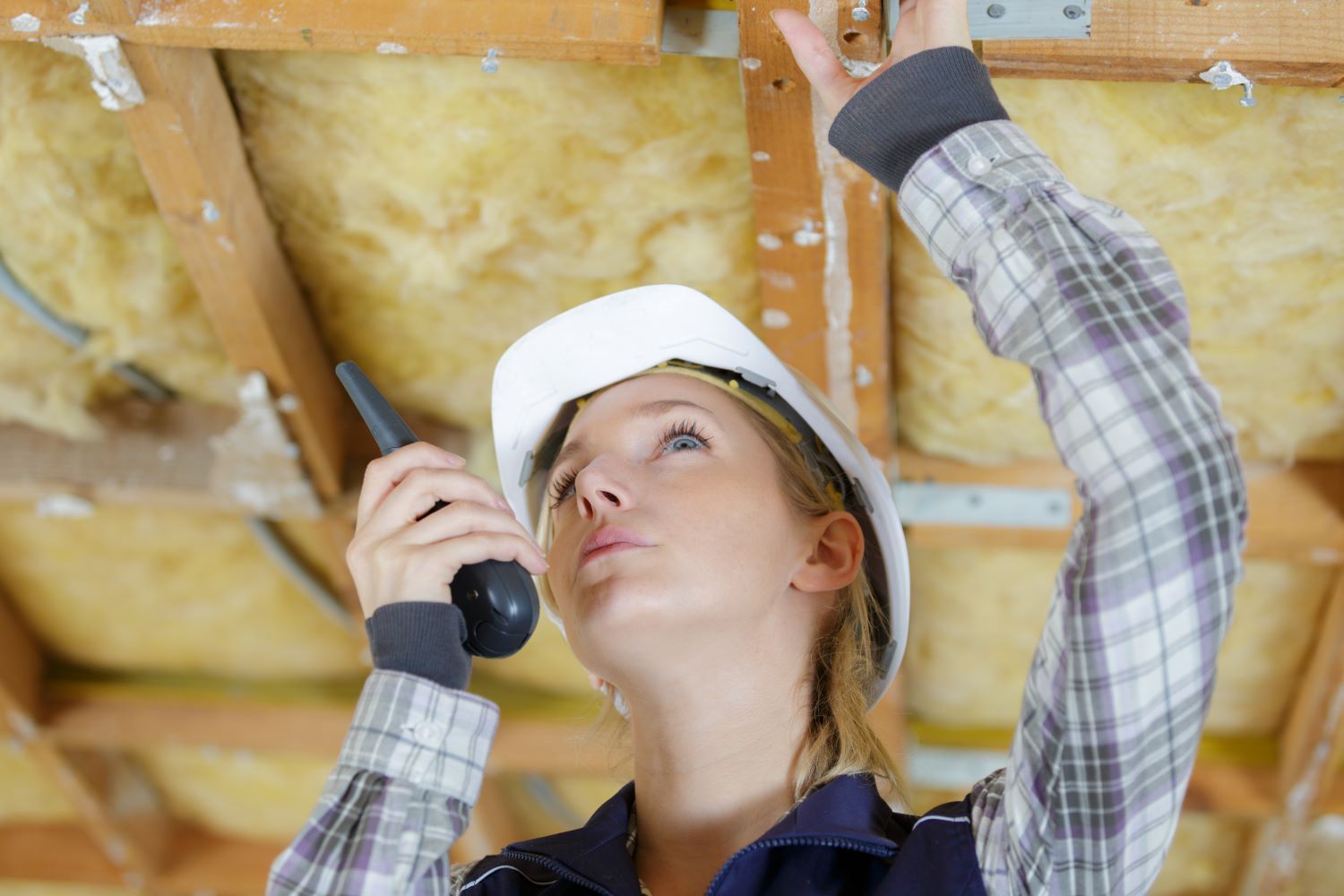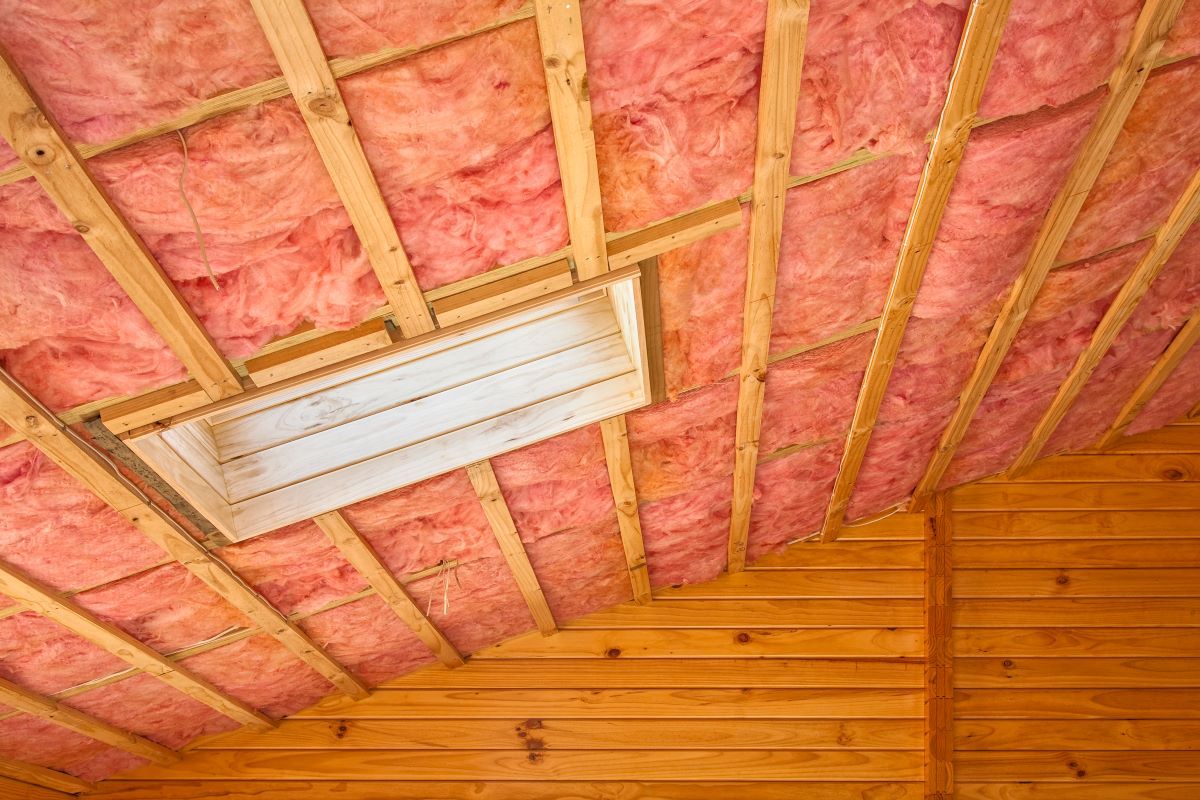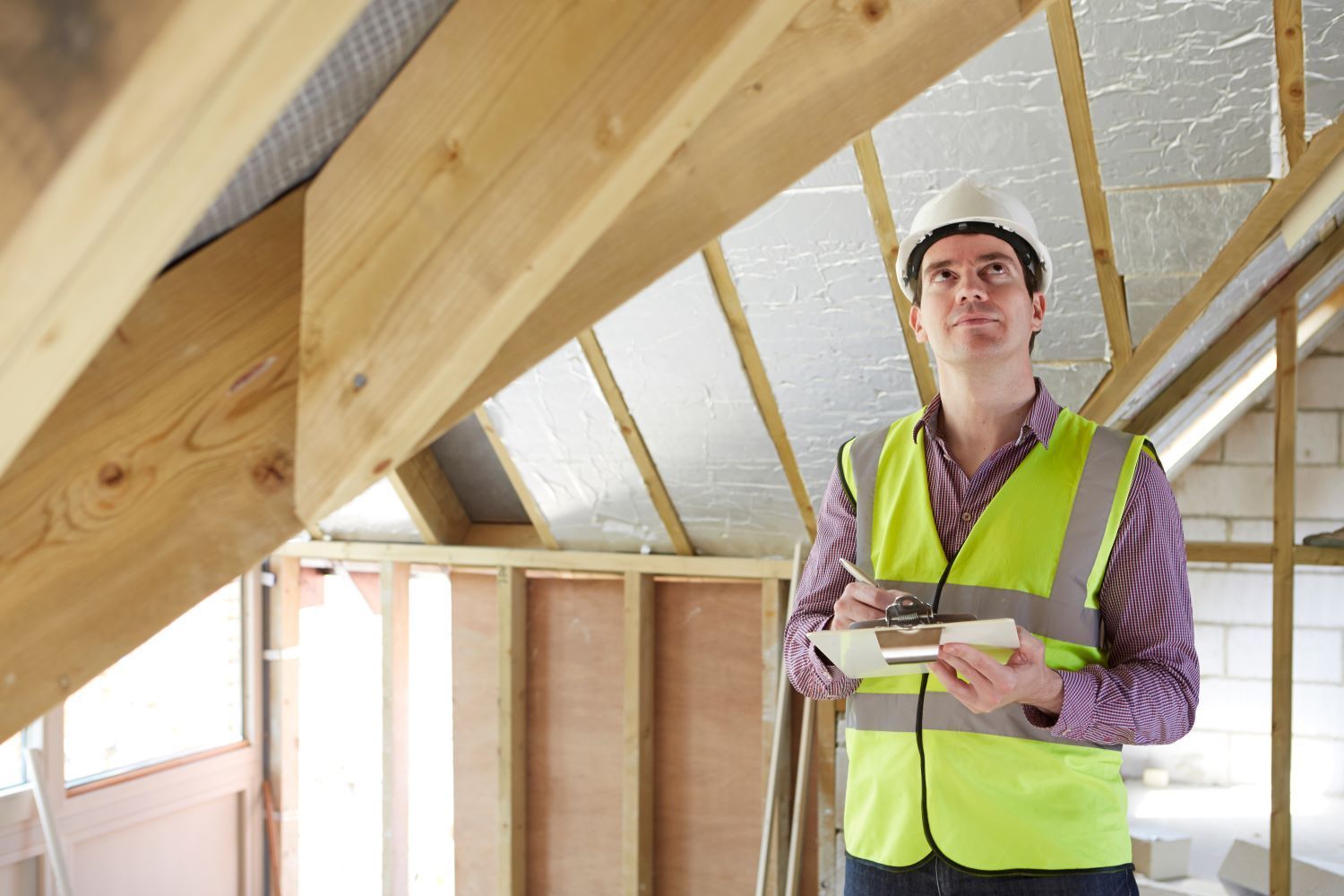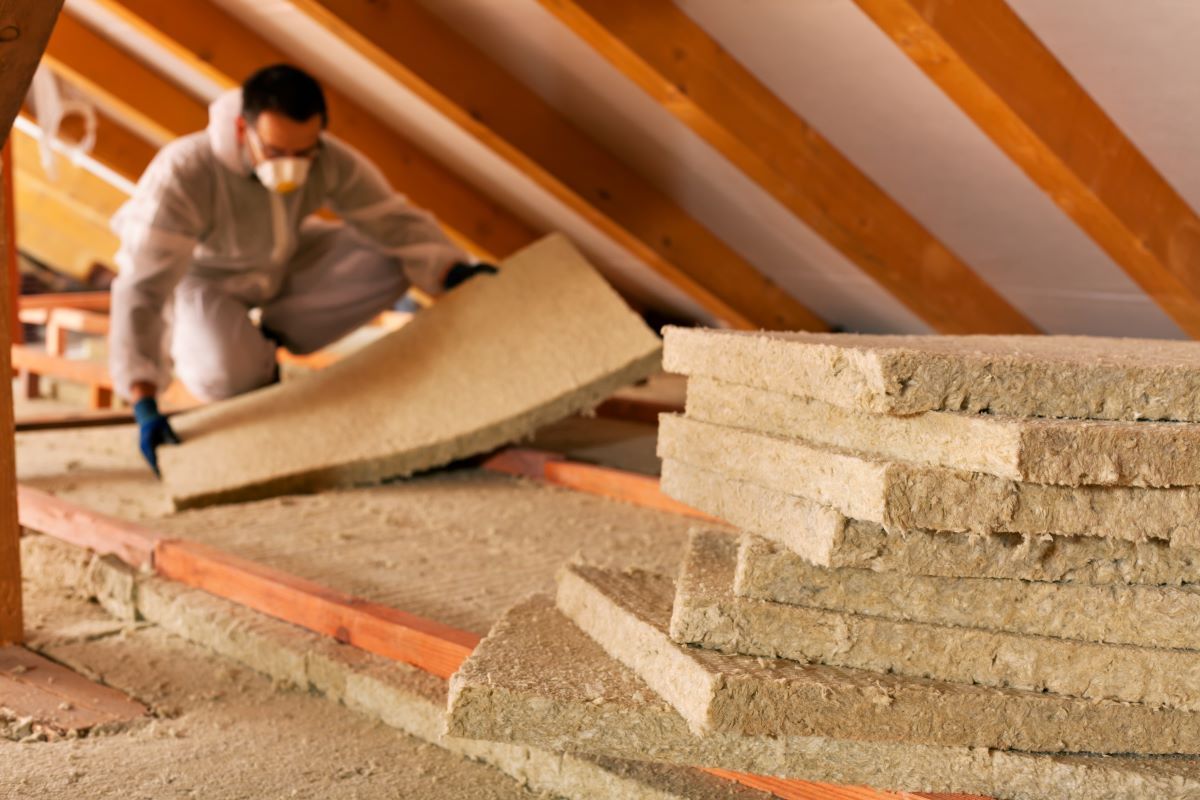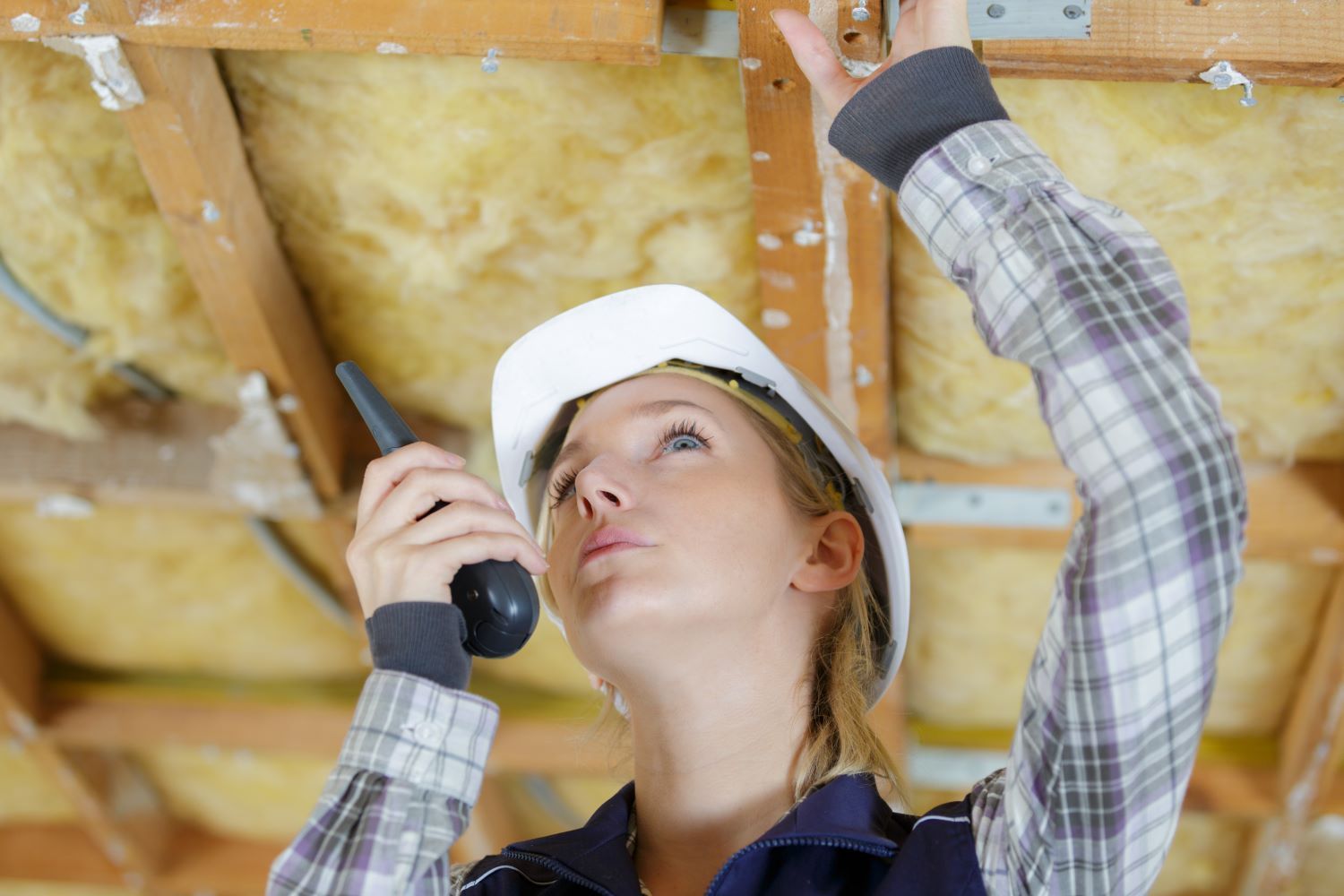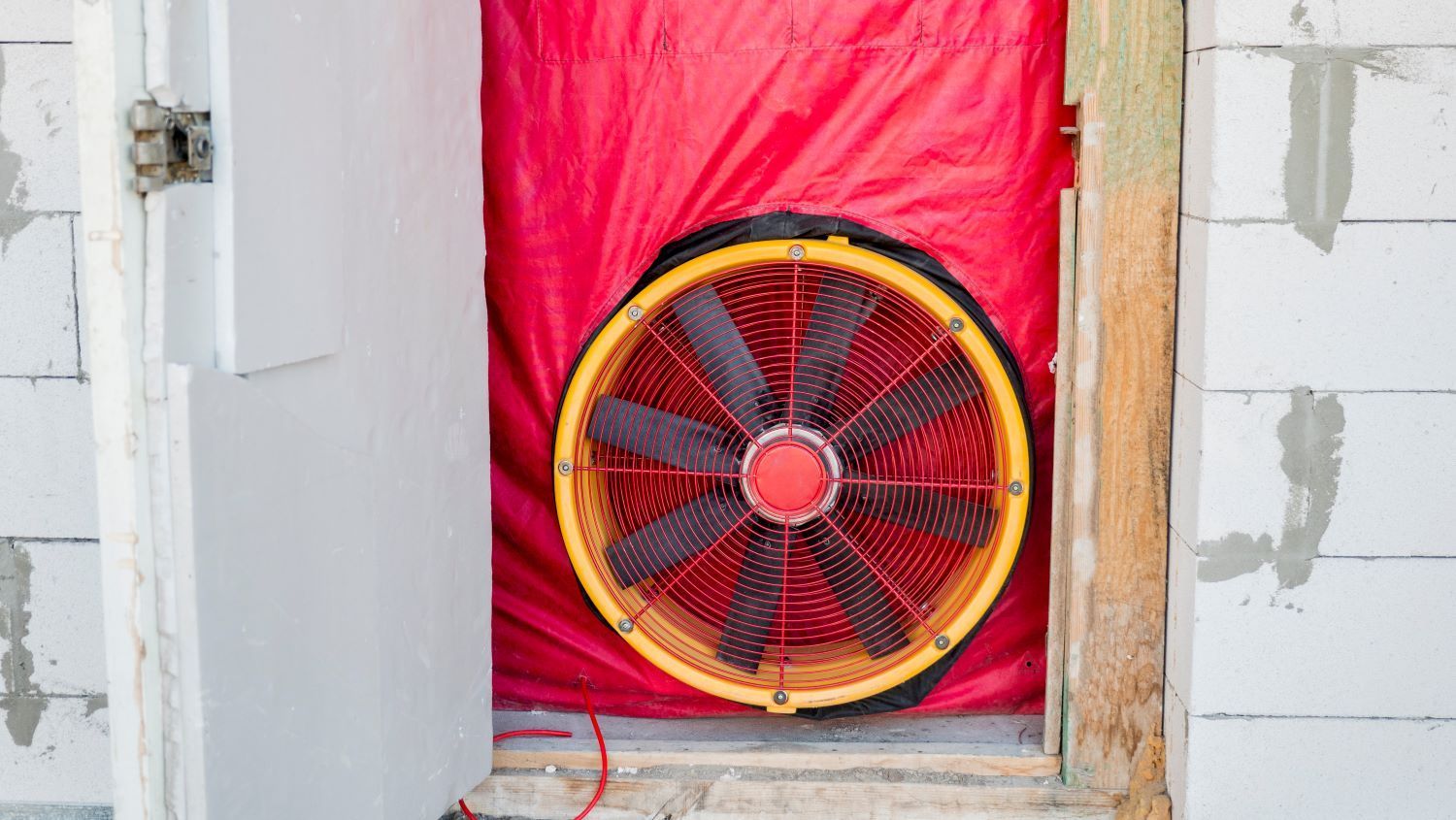How to Seal Air Leaks in your Home
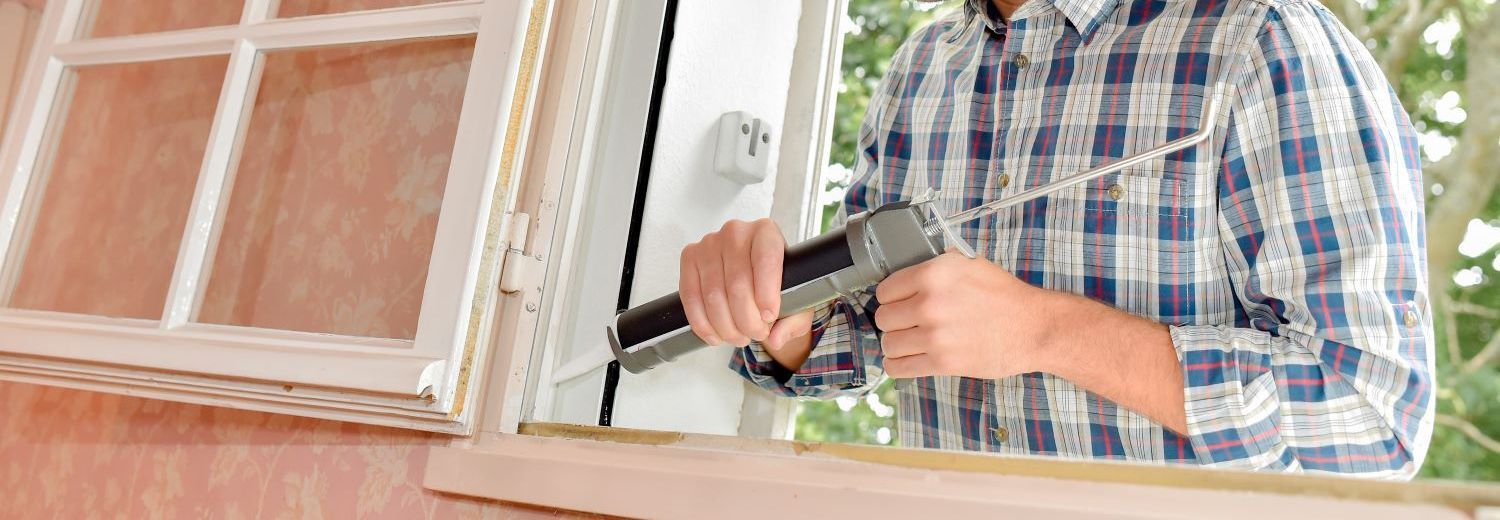
As homeowners, we're constantly seeking ways to enhance the comfort and energy efficiency of our homes. One often-overlooked yet highly effective method is air sealing. Proper air sealing not only helps maintain consistent indoor temperatures but also reduces energy bills by preventing conditioned air from escaping and unconditioned air from infiltrating our living spaces. In this article, we'll delve into the importance of air sealing, where to focus your efforts, and how to effectively seal air leaks in your home.
Where to Air Seal:
- Windows and Doors: Gaps and cracks around windows and doors are common culprits for air leakage. Use caulking or weatherstripping to seal these areas and prevent drafts.
- Electrical Outlets and Switches: Electrical outlets and switches on exterior walls can be sources of air leakage. Install foam gaskets behind outlet covers and use caulking to seal any gaps around the electrical boxes.
- Plumbing Penetrations: Pipes that penetrate exterior walls or floors can create pathways for air to leak in or out. Seal around these penetrations with expanding foam or caulking to prevent air infiltration.
- Attic Access Points: Attic hatches, pull-down stairs, and access doors are often poorly sealed, allowing warm or cool air to escape. Install weatherstripping and insulation around these openings to create a tight seal.
- Ductwork: Leaky ducts can significantly impact energy efficiency and indoor comfort. Inspect duct seams and joints for gaps or cracks, and seal them with foil tape or mastic sealant.
- Wall Cavities: In older homes, gaps or voids within wall cavities can allow air to move freely between the interior and exterior of the home. Consider injecting expanding foam insulation into these cavities to fill any gaps and improve air tightness.
How to Seal Air Leaks:
- Identify Air Leakage Points: Conduct a thorough inspection of your home to identify areas where air may be leaking. Use a smoke pencil or incense stick to detect drafts around windows, doors, and other potential leakage points.
- Caulking and Weatherstripping: Use caulking to seal gaps and cracks around windows, doors, and other stationary components. Install weatherstripping around movable components such as doors and operable windows to create a tight seal when closed.
- Foam Sealants: Expanding foam sealants are ideal for filling larger gaps and voids around plumbing penetrations, electrical outlets, and ductwork. Apply foam sealant generously to ensure a complete seal.
- Insulation: Insulate attic access points and wall cavities to prevent air leakage and improve energy efficiency. Use rigid foam insulation or spray foam insulation for maximum effectiveness.
- Professional Assistance: For complex air sealing projects or hard-to-reach areas, consider hiring a professional insulation contractor. They have the expertise and equipment to identify and seal air leaks effectively.
Conclusion:
Proper air sealing is a crucial step in improving the comfort and energy efficiency of your home. By identifying and sealing air leaks in key areas such as windows, doors, electrical outlets, and ductwork, you can reduce energy bills, enhance indoor comfort, and create a healthier living environment. If you're unsure how to tackle air sealing in your home, contact Insulation Contractors London for expert assistance. Our team can help you identify air leakage points and implement effective air sealing solutions tailored to your home's specific needs.
